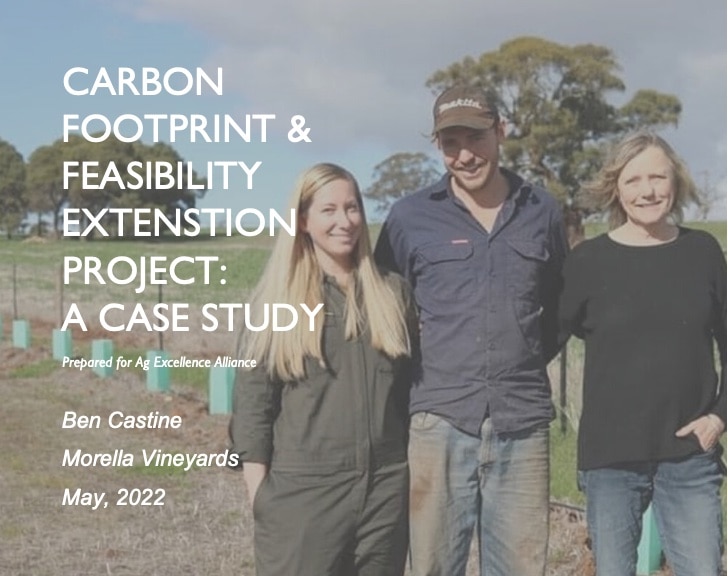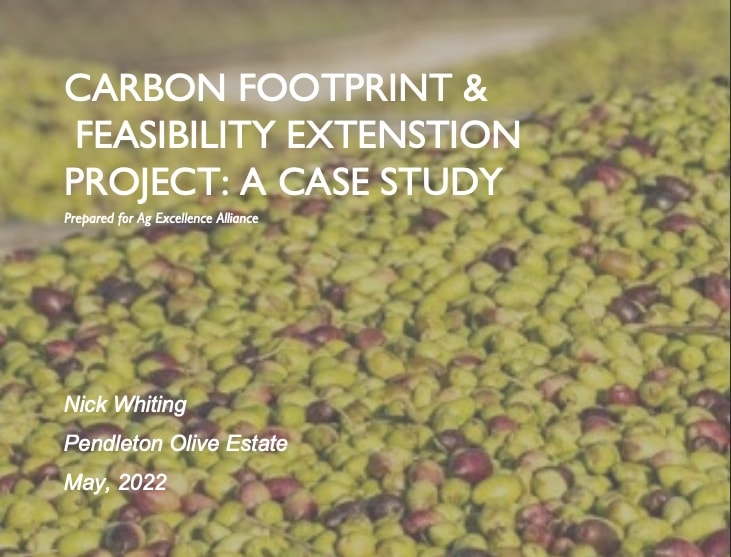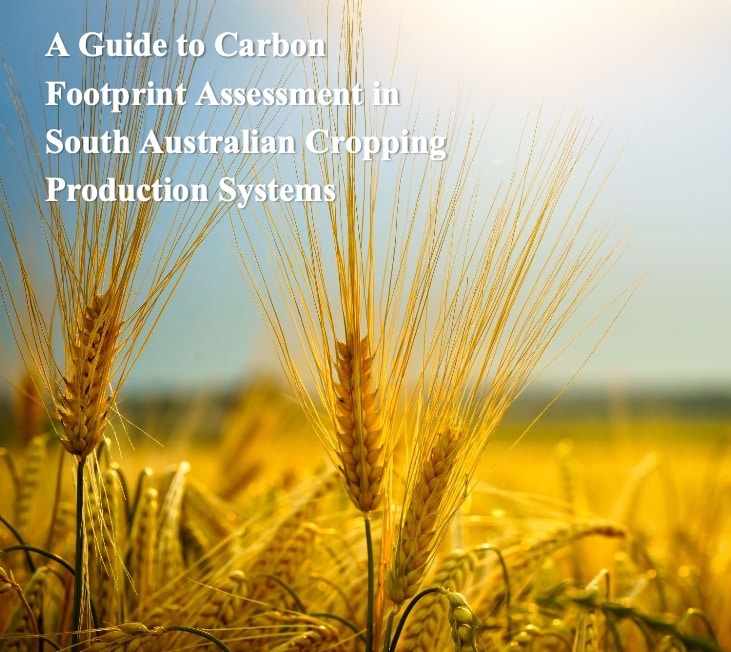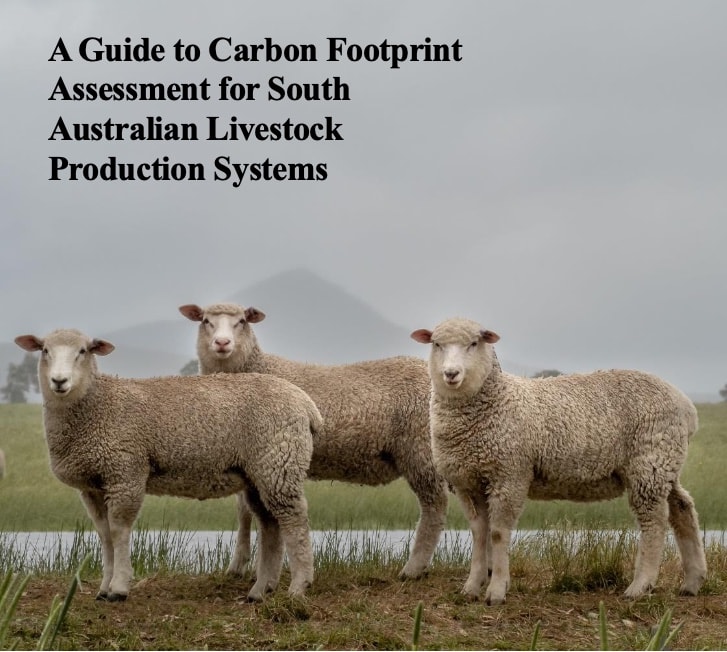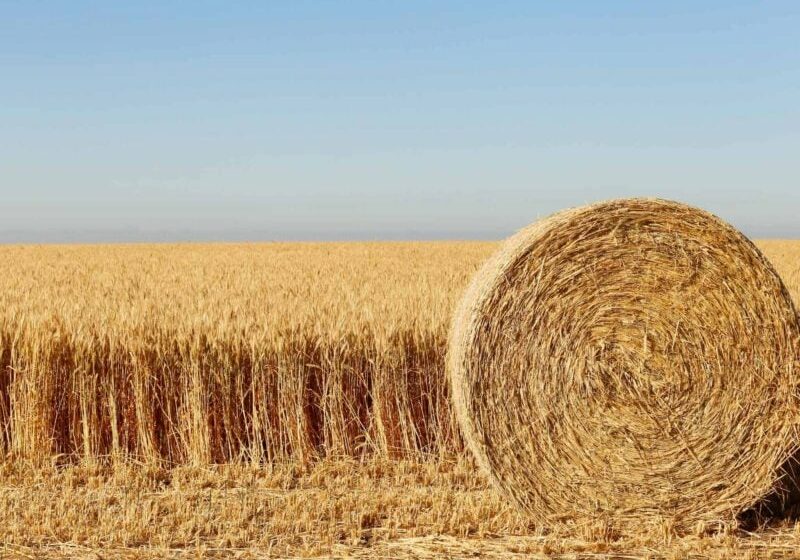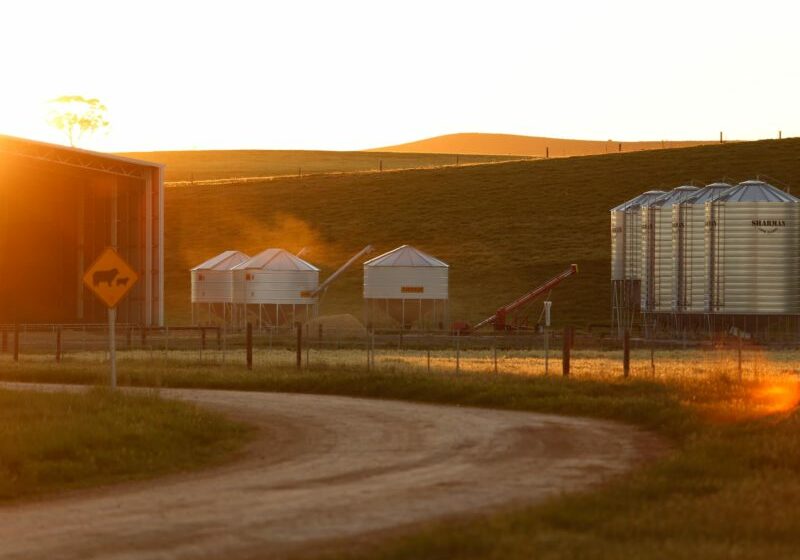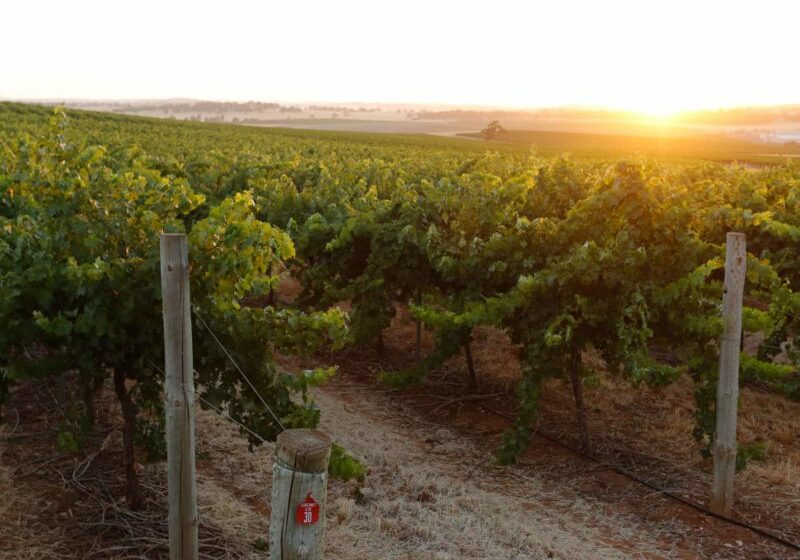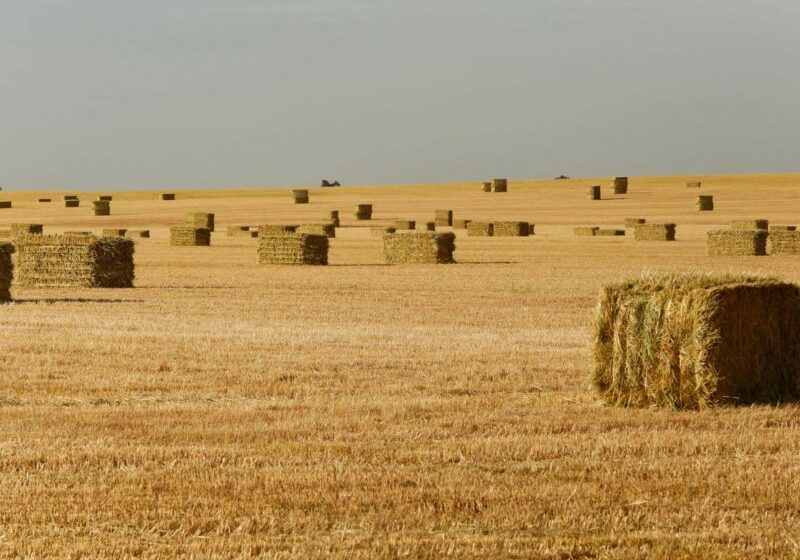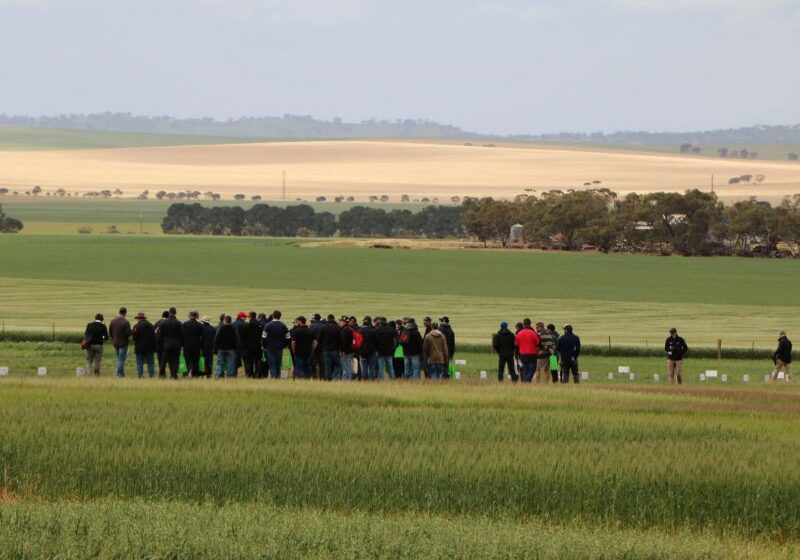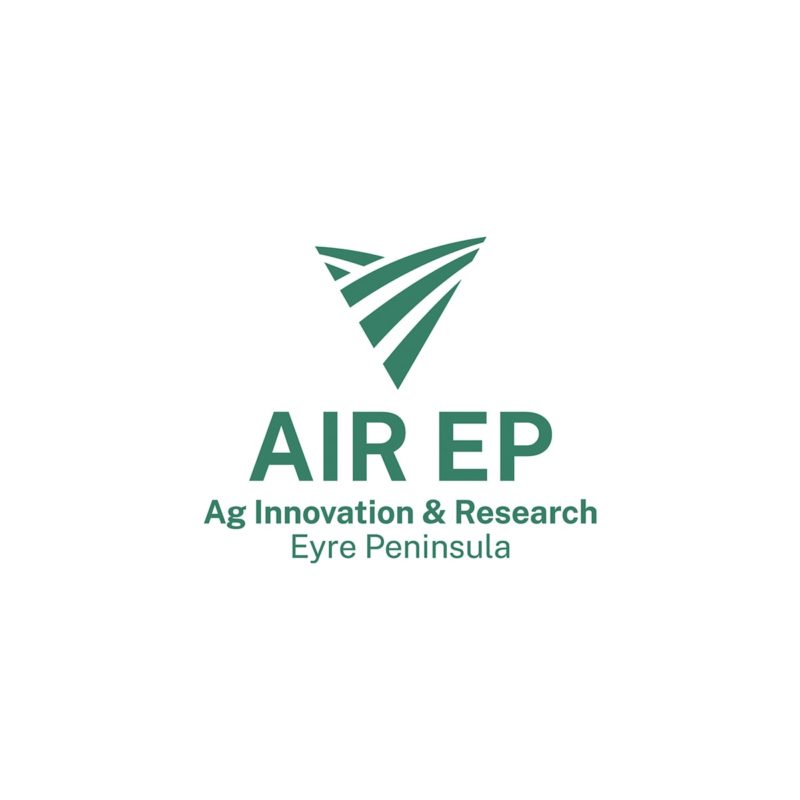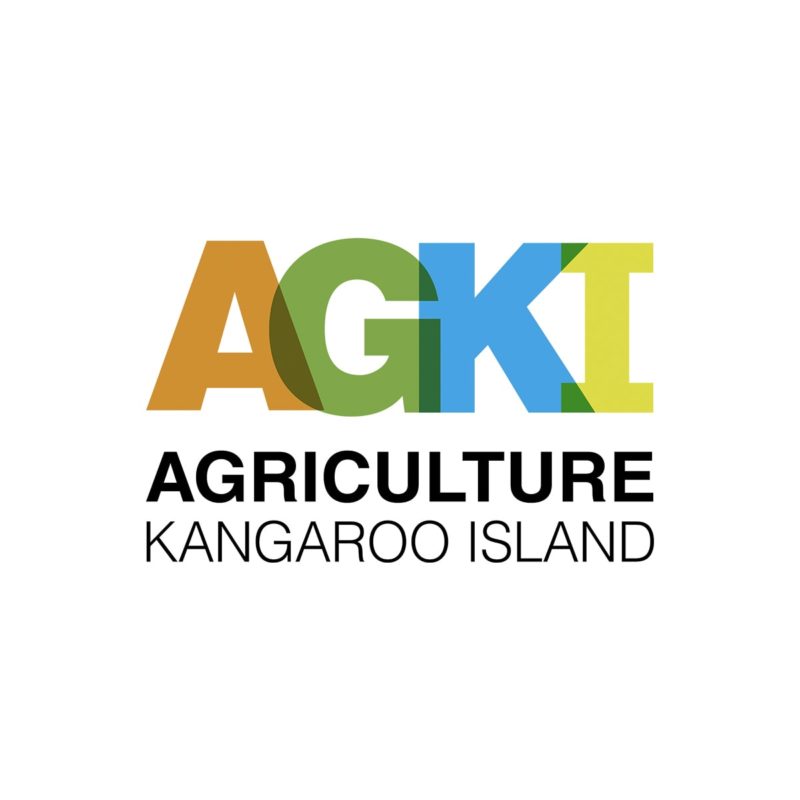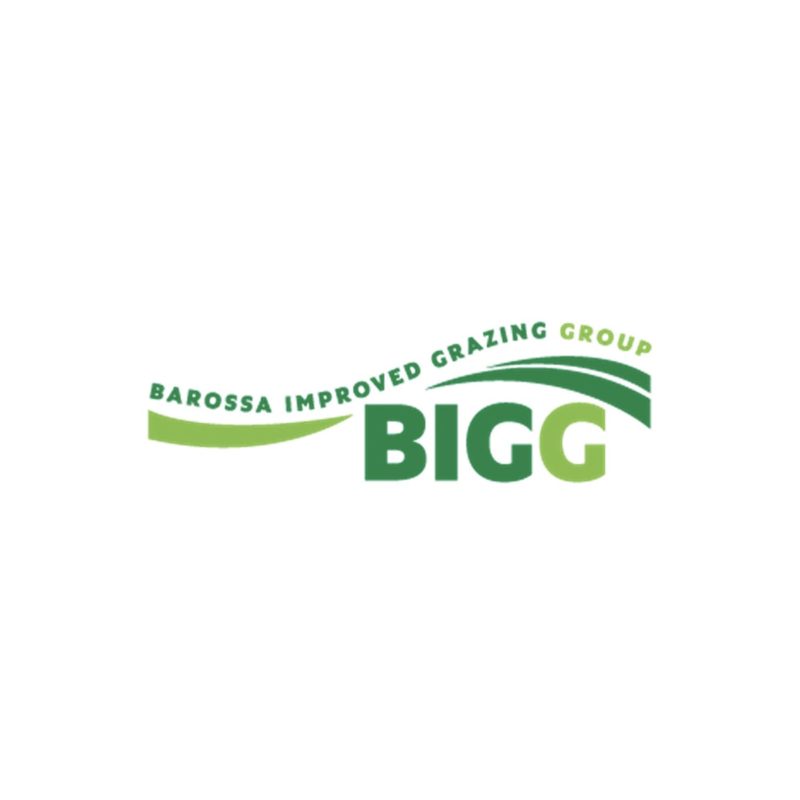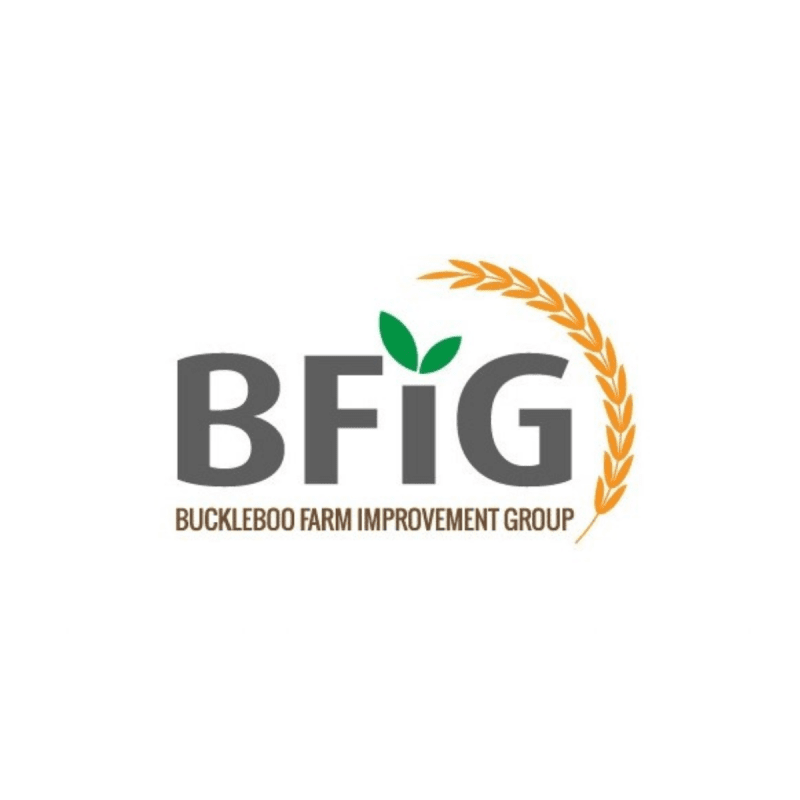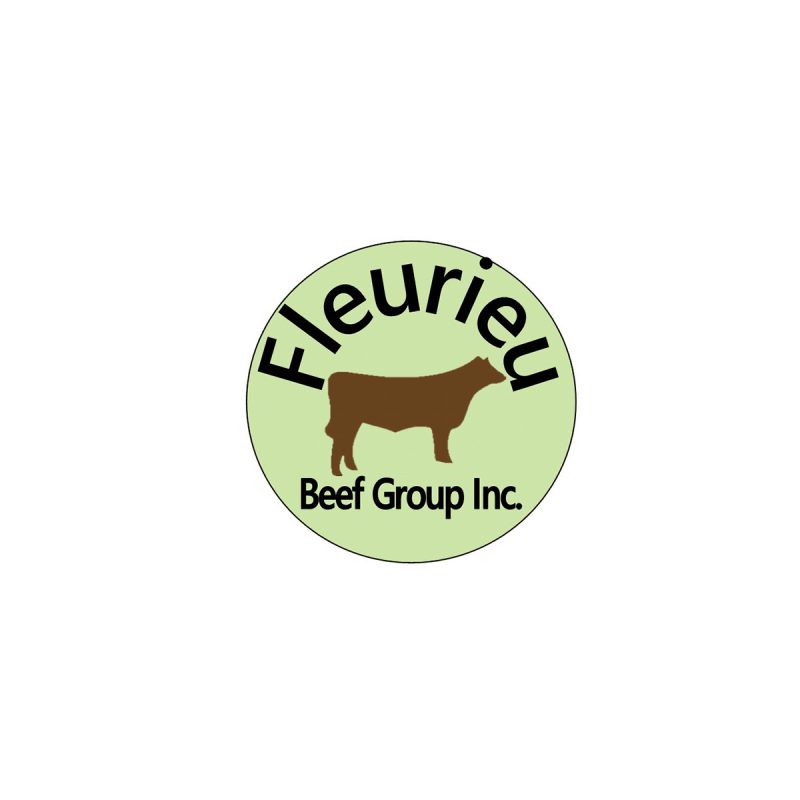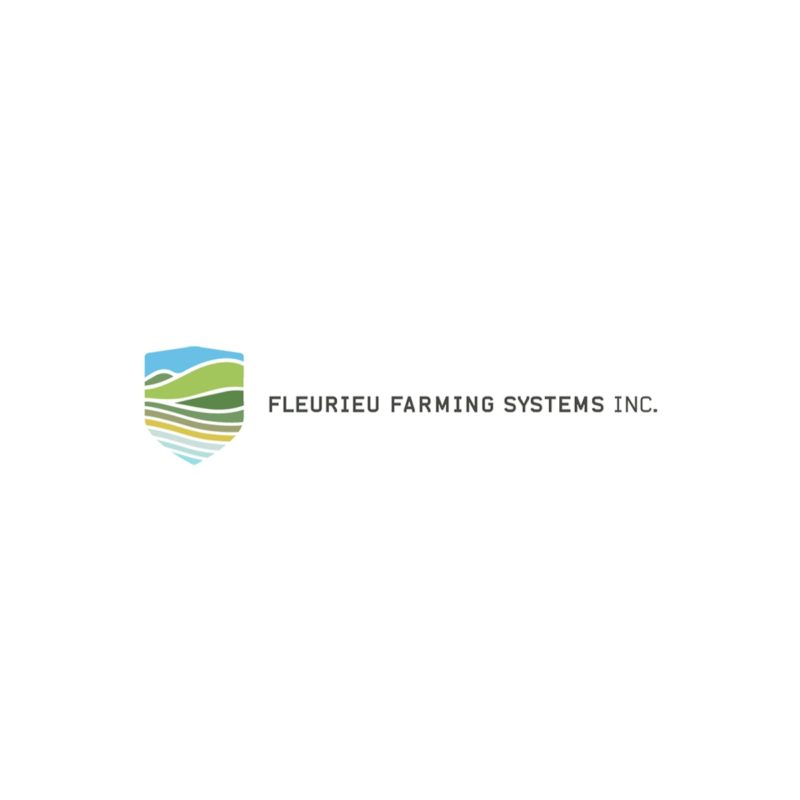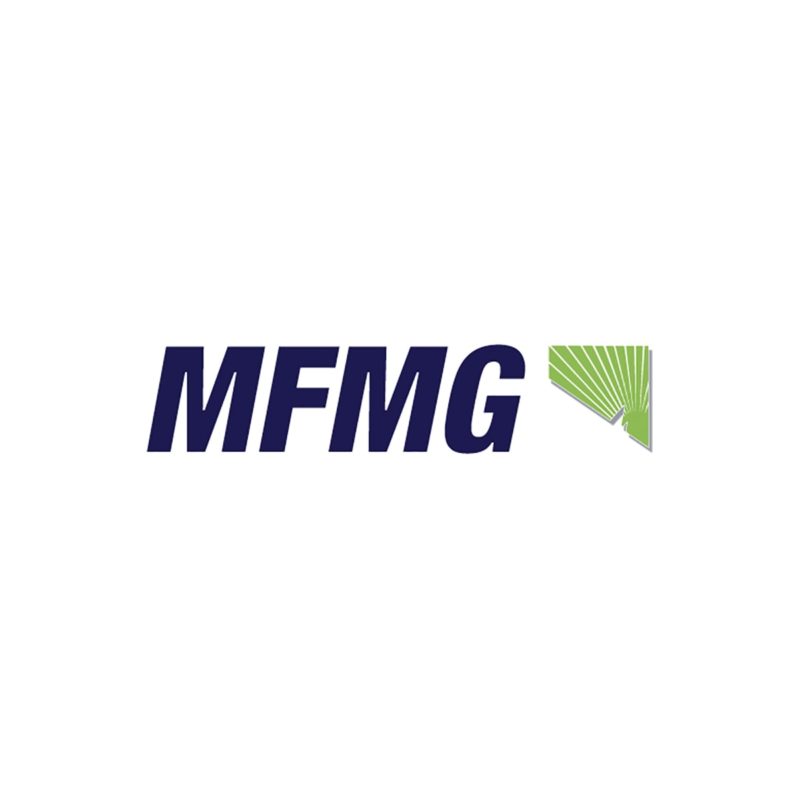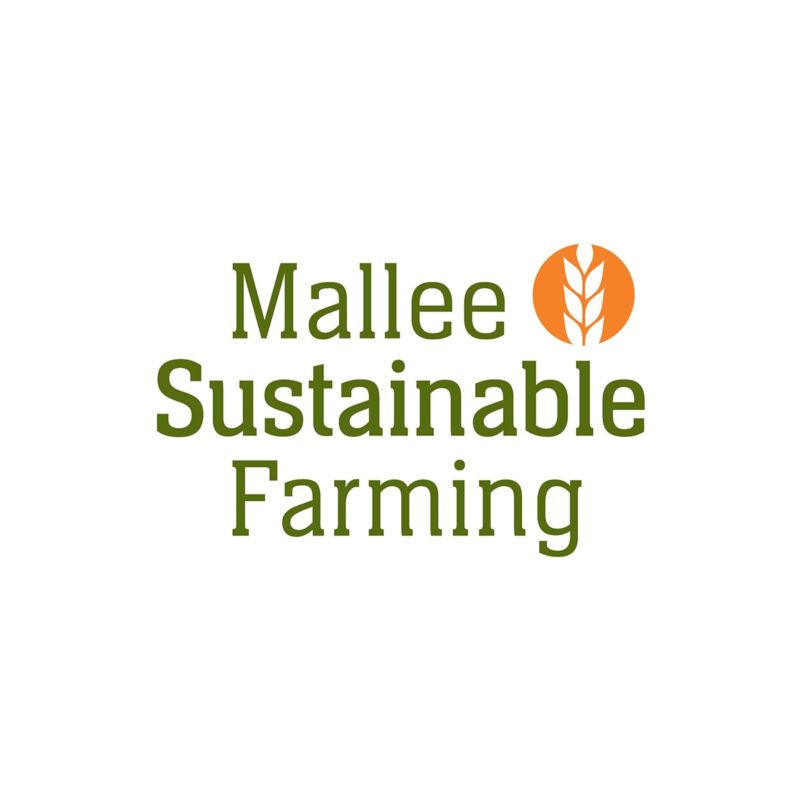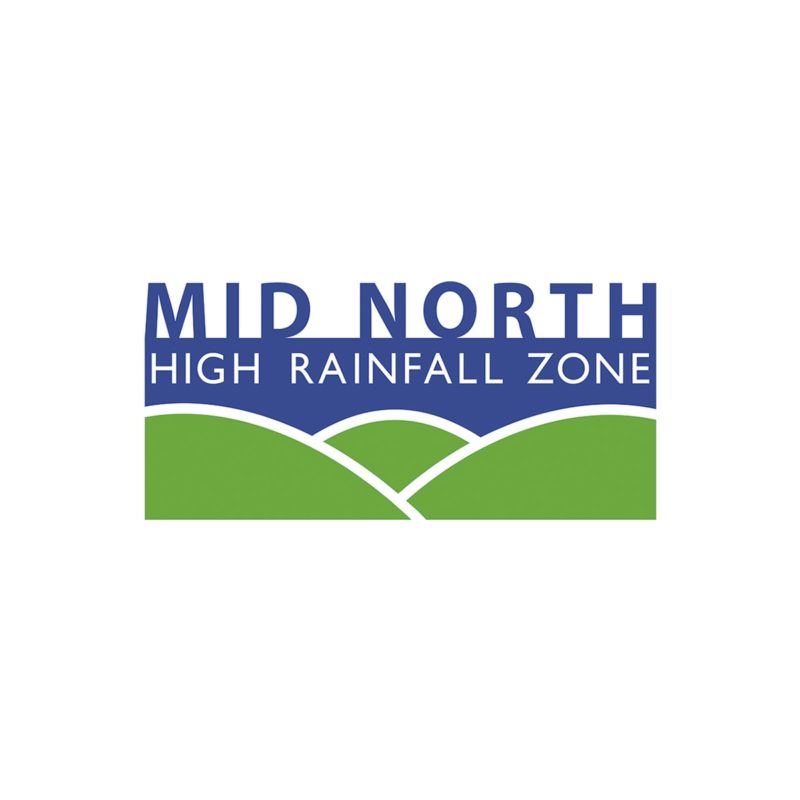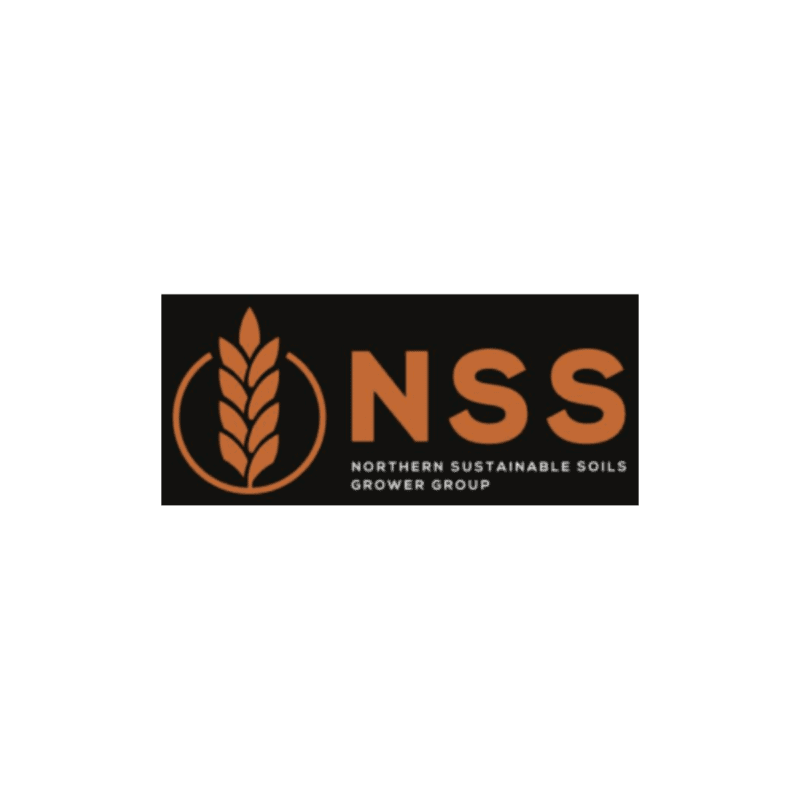Carbon Footprint and Feasibility Extension Project
About the Project
Carbon farming has rapidly become a topic that producers and growers need to understand as industry, supply chains and institutions are both indicating and enacting emissions reduction targets.
Carbon farming can look different across sectors however at the core to all systems is the action of reducing greenhouse gas emissions from production while increasing the carbon stored (sequestered) on property.
A basic carbon footprint quantifies the emissions produced minus the amount of carbon stored. This figure is a measure of carbon dioxide equivalents (CO2-e).
In response to a ‘where do I start’ question from landholders, this project was developed to train businesses on how a footprint is conducted, complete a footprint assessment, and consider the feasibility of actions to reduce a total footprint on a pathway to carbon neutrality.
Conducting footprint assessments is an introduction to emissions that personalises the experience for landholders in what can be an overwhelming and complex space. From the outset, emphasis was placed on carbon neutrality rather than the carbon market, though this was explained alongside accreditation for carbon neutrality. Assessment was limited by the exclusion of vegetation and soil carbon data (cost prohibitive) and therefore provides a point of action from a base of estimated emissions.
Integrity Ag and Environment were contracted to deliver the training and develop products to support landholders that could not attend.
Workshops and footprints were conducted in Riverton (mixed broadacre medium rainfall), Watervale (viticulture), Pt Augusta (pastoral), Parndana (mixed broadacre high rainfall), Karoonda (mixed broadacre low rainfall), Loxton (almonds), and Lucindale (livestock high rainfall), for a total of 64 businesses.
94% of participants came away stating improved knowledge and a benefit to their business decision-making. For many, it has highlighted limitations to adoption as much as opportunities and provided awareness of future issues so that they can be positioned to act.
This project has begun to address a large industry knowledge gap and in doing so highlights an ongoing need for further training and support in SA. It has created conversation and interest beyond the capacity of this project to address and has identified an opportunity to further inform landholders with a highly effective tested model for training and knowledge building that can affect ongoing practice change.
-
Funders: PIRSA | DEW | Ag Ex | NYLB | MRLB
-
Date: January 2022 - August 2022
-
Project Lead: Emma McInerney
-
Project Team: Integrity Ag & Environment | local collaborators including Landscape Boards & PIRSA
-
Budget: $120,400
-
Photo courtesy of Limestone Coast Landscape Board
Key Messages
Case Studies
Four participants who undertook the carbon footprint assessment have generously shared their data in these case studies which provide an insight into their motivations, a snapshot of carbon emissions and insight into the opportunities to reduce net emissions. These are simple guides for those approaching carbon with little prior knowledge.
Producer Guides
Three comprehensive guides have been compiled as a ‘how-to’ reference for anyone thinking about conducting a carbon footprint assessment. These guides were produced for broadacre cropping, livestock, and viticulture and cover the following:
- Understanding emissions
- Baseline and benchmarks
- Reducing net emissions
- Understanding markets and methods
- Completing your enterprise's carbon account and carbon footprint
Acknowledgements
This project is part of the Farm Business Resilience Program and is jointly funded through the Australian Government’s Future Drought Fund and the Government of South Australia. It is supported by funding through the Australian Government’s National Landcare Program, the Department for Environment and Water, the Northern and Yorke Landscape Board, Murraylands and Riverland Landscape Board, and Ag Excellence Alliance.

